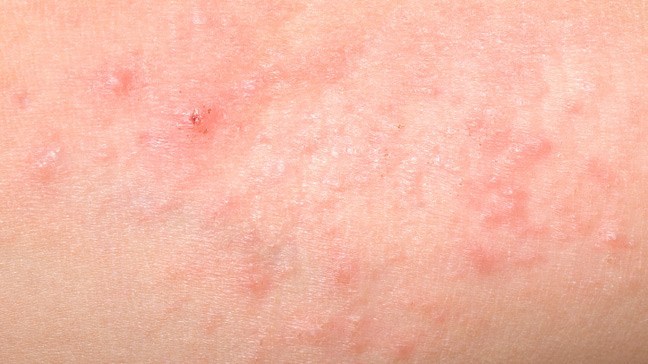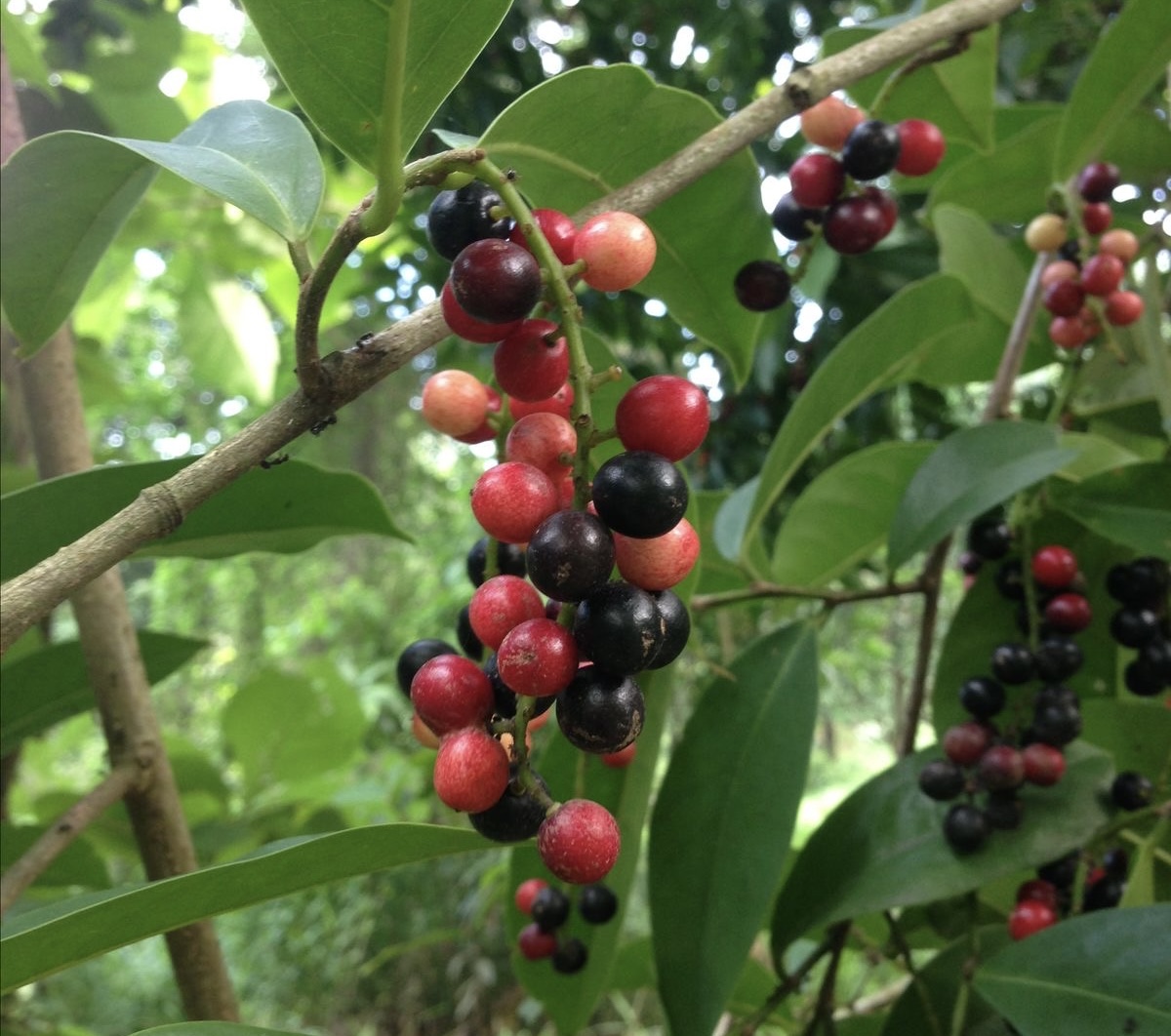How to treat heat rash
Rose May Pimentel in Health
May 19, 2020 • 2 min Read
During the summer months, some people may get rashes called heat rash or prickly heat. It is one of the less pleasant side effects of hot weather. These rashes can be caused by things like sunlight, sweating and overheating.
Heat rash or prickly heat is a harmless but very itchy skin rash forming small red spots in places where sweat collects, such as the armpits, back, under the breasts, chest, groin, crooks of elbows and knees, and the waist. Heat rash is caused by a blockage and inflammation of sweat ducts in heat and high humidity, which causes tiny red spots, an irritating itch and prickling sensation and redness and mild swelling of the affected area.

Rashes like prickly heat often heal without intervention. Dry, itchy skin may disappear after being treated for a few days with over-the-counter (OTC) preparations. Below are treatments and remedies from Medical News Today for prickly heat:
* Topical antibacterials – for example, antibacterial soaps, may shorten the duration of symptoms, even if there are obvious signs of infection.
* Keep cool – Patients should keep the skin cool, and try to prevent sweating. Staying in an air-conditioned environment, avoiding activities that cause sweating, wearing loose clothing, and taking frequent cool showers can help.
* Anti-itch preparations – such as calamine or menthol, or camphor-based preparations can help, as can topical steroid creams; it is important to use oil-based preparations with care because they can block the sweat glands further, encouraging the rash to persist.
* Powder talc admixture – that contains the drying milk protein, labilin, and triclosan, an antibacterial, can be used to prevent infection. The powder stays on the skin and treats bacteria dispersed into bed linens, providing a reasonably dry refuge area for healing.
* Cooling menthols – may make it easier to get to sleep.
But prevention is better than cure. So, below are ways to minimize the risk of prickly heat:
* avoiding activities that cause sweating
* using air conditioning to cool the environment
* wearing light clothing with breathable material, such as cotton
* avoiding over exposure to hot and humid weather
* gently exfoliating the skin to remove dead skin cells and sebum that may clog the sweat glands.
Frequent cool showers or cool baths with mild soap can also help to prevent heat rash when temperatures rise above normal for an extended period of time.
Don’t let the heat get to you! Stay cool, healthy and safe!




